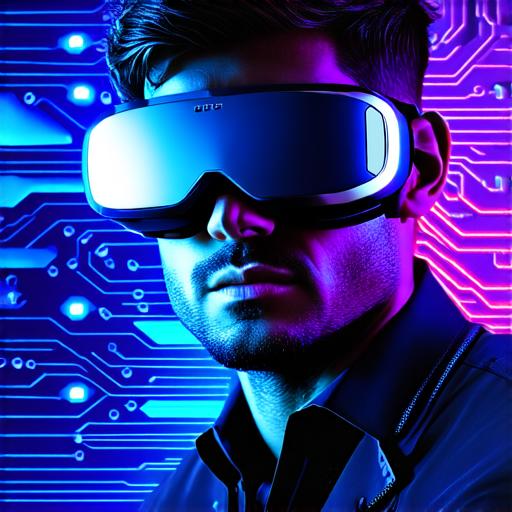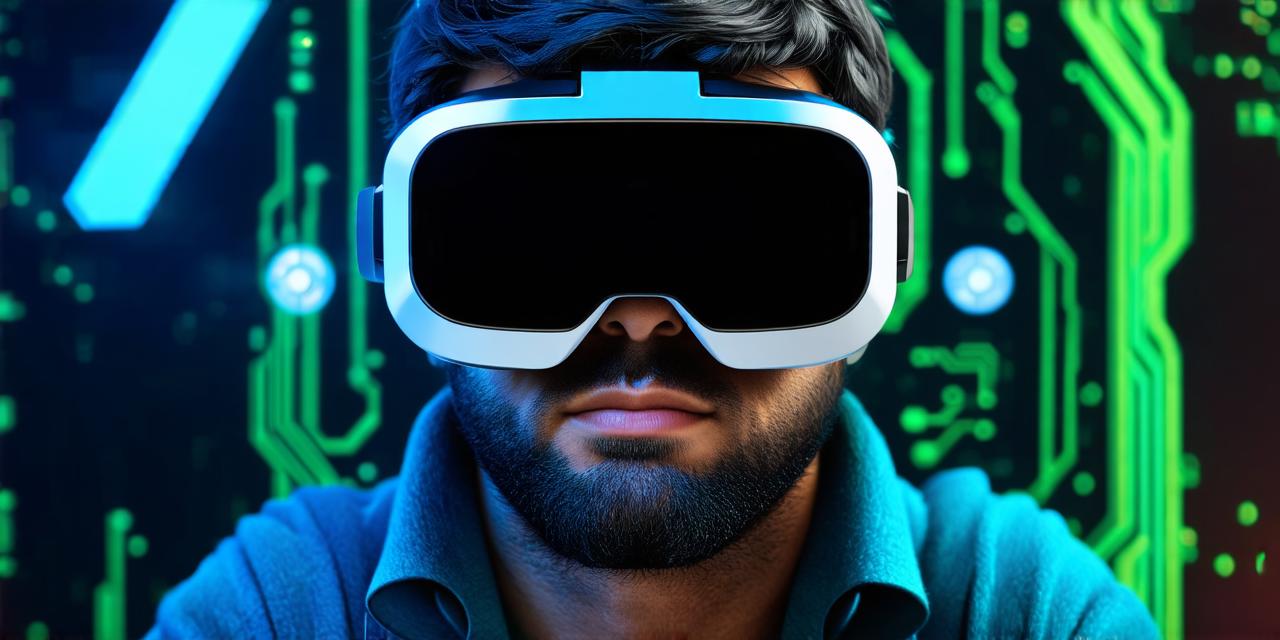Virtual reality technology has come a long way since its inception, and with it, there are now many different types of VR headsets available on the market. As a virtual reality developer, you may be wondering which VR headset is the best option for immersive experiences. In this article, we will explore the top VR headsets currently on the market, their features and capabilities, and which one is the best fit for your needs.
1. Oculus Quest 2:
The Oculus Quest 2 is a standalone VR headset that was released in October 2020. It has a resolution of 1832 x 1920 per eye and a refresh rate of 90 Hz, which makes for a very immersive experience. The headset also features wireless connectivity, making it easy to set up and use without being tethered to a PC or console. One of the key selling points of the Oculus Quest 2 is its affordability. It has a price point of just $299, making it accessible to a wider range of users. Additionally, the headset comes with built-in hand tracking, which allows for more intuitive and natural interactions within VR environments.
2. HTC Vive Pro Eye:
The HTC Vive Pro Eye is a high-end VR headset that was released in 2019. It has a resolution of 2160 x 2160 per eye and a refresh rate of 120 Hz, making it one of the most immersive VR experiences available. The headset also features wireless connectivity, although it requires a separate base station to function. One of the standout features of the HTC Vive Pro Eye is its eye-tracking technology. This allows for more natural interactions within VR environments and can also improve performance by reducing the amount of processing power required to track the user’s movements.
3. PlayStation VR:

The PlayStation VR is a VR headset that was released in 2016, and is designed specifically for use with the PlayStation 4 and 5 gaming consoles. It has a resolution of 960 x 1080 per eye and a refresh rate of 120 Hz, making it a solid choice for immersive gaming experiences. One of the key selling points of the PlayStation VR is its integration with the PlayStation ecosystem. This means that users can take advantage of many of the features and services available on the console, such as streaming and social sharing. Additionally, the headset comes with motion controllers, which allows for more intuitive interactions within VR environments.
4. Samsung Gear VR:
The Samsung Gear VR is a VR headset that was first released in 2015, and has since been updated several times. It has a resolution of 1920 x 1080 per eye and a refresh rate of 96 Hz, making it a solid choice for immersive experiences. The headset also features wireless connectivity, although it requires a separate smartphone to function. One of the standout features of the Samsung Gear VR is its compatibility with Samsung’s ecosystem of devices. This means that users can take advantage of many of the features and services available on their Samsung phones and tablets, such as streaming and social sharing. Additionally, the headset comes with motion controllers, which allows for more intuitive interactions within VR environments.
When it comes to choosing a VR headset for immersive experiences, there are many factors to consider. For example, if you prioritize affordability, then the Oculus Quest 2 may be the best option for you. If you prioritize high-end features and compatibility with your existing devices, then the Samsung Gear VR or HTC Vive Pro Eye may be better suited to your needs.
